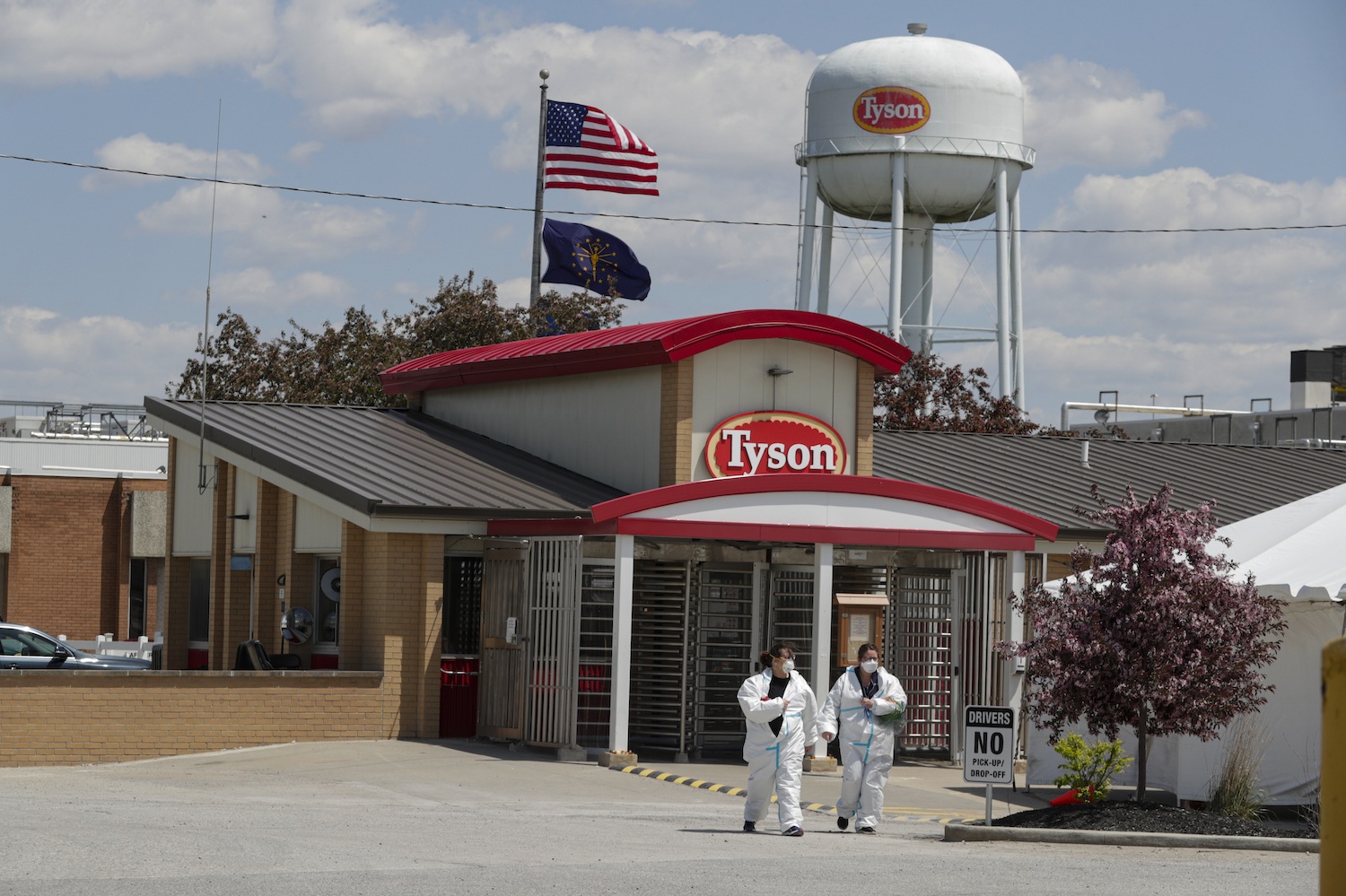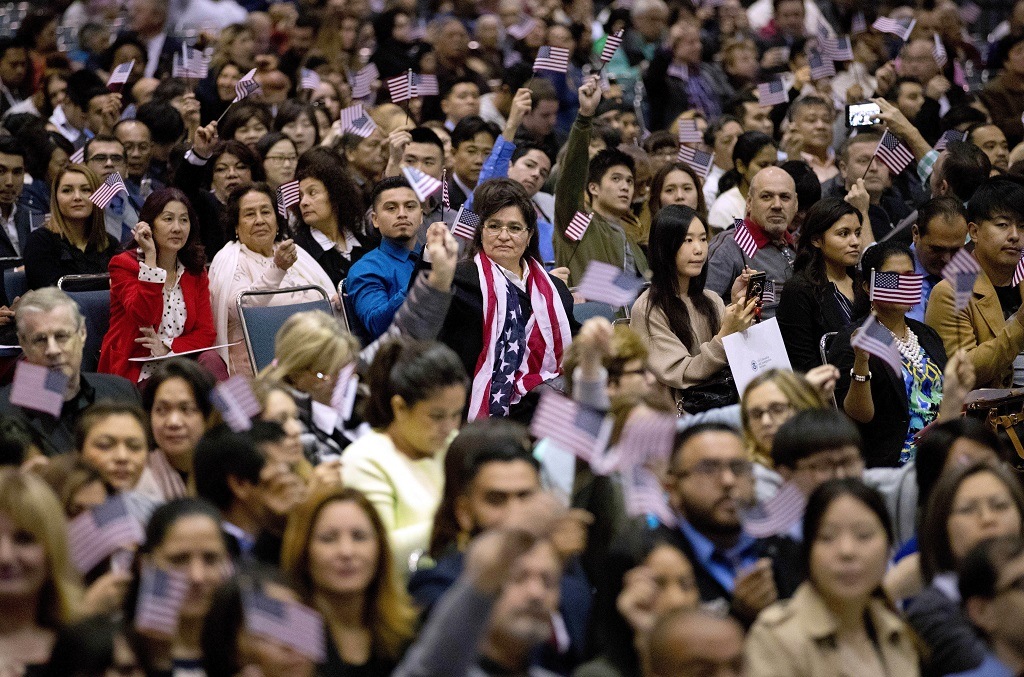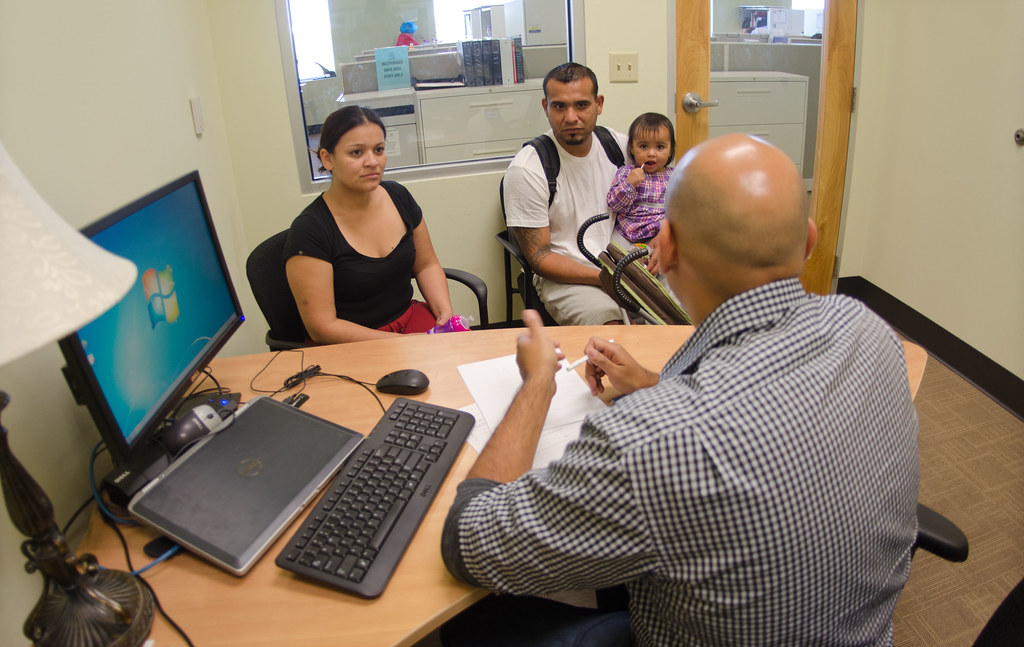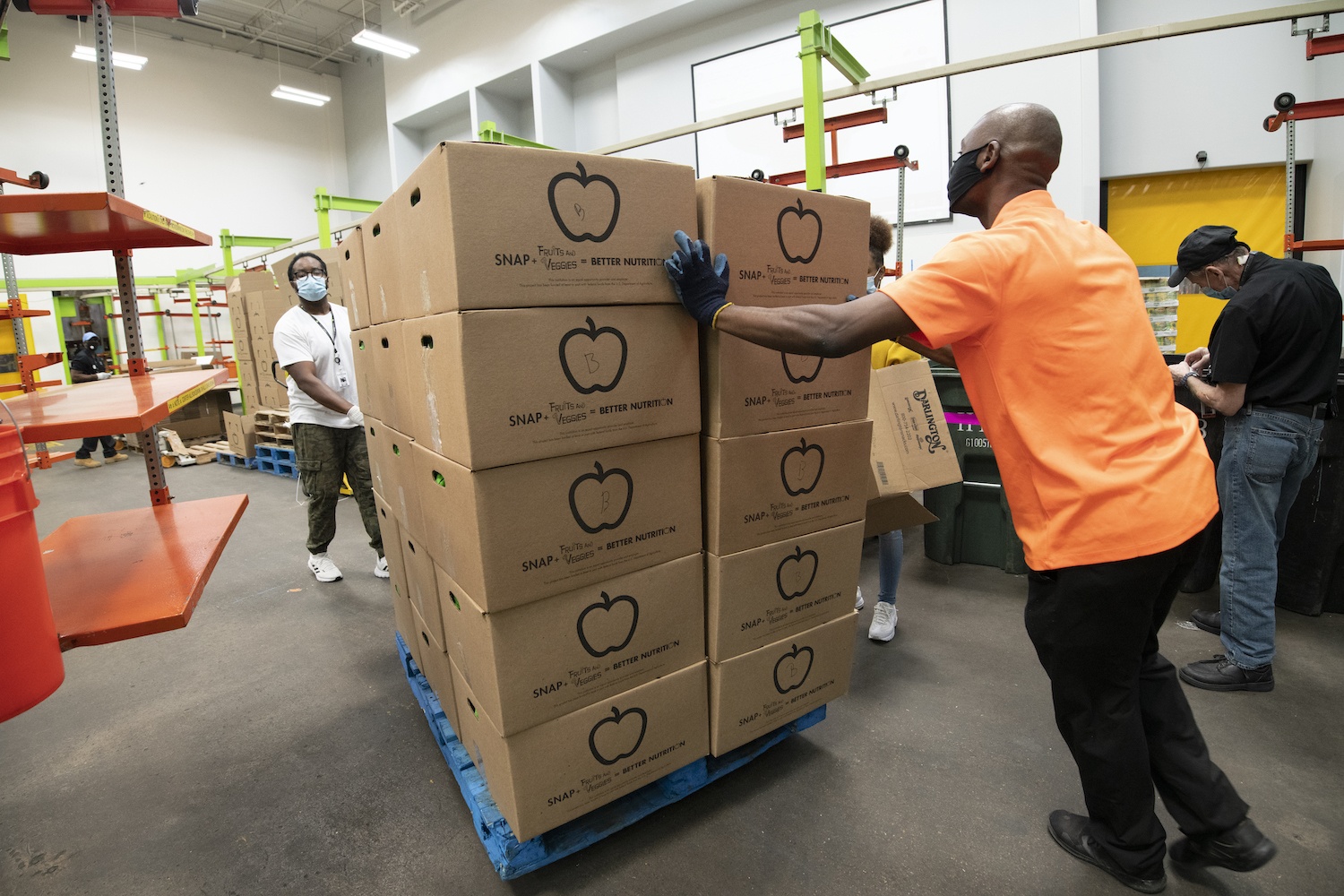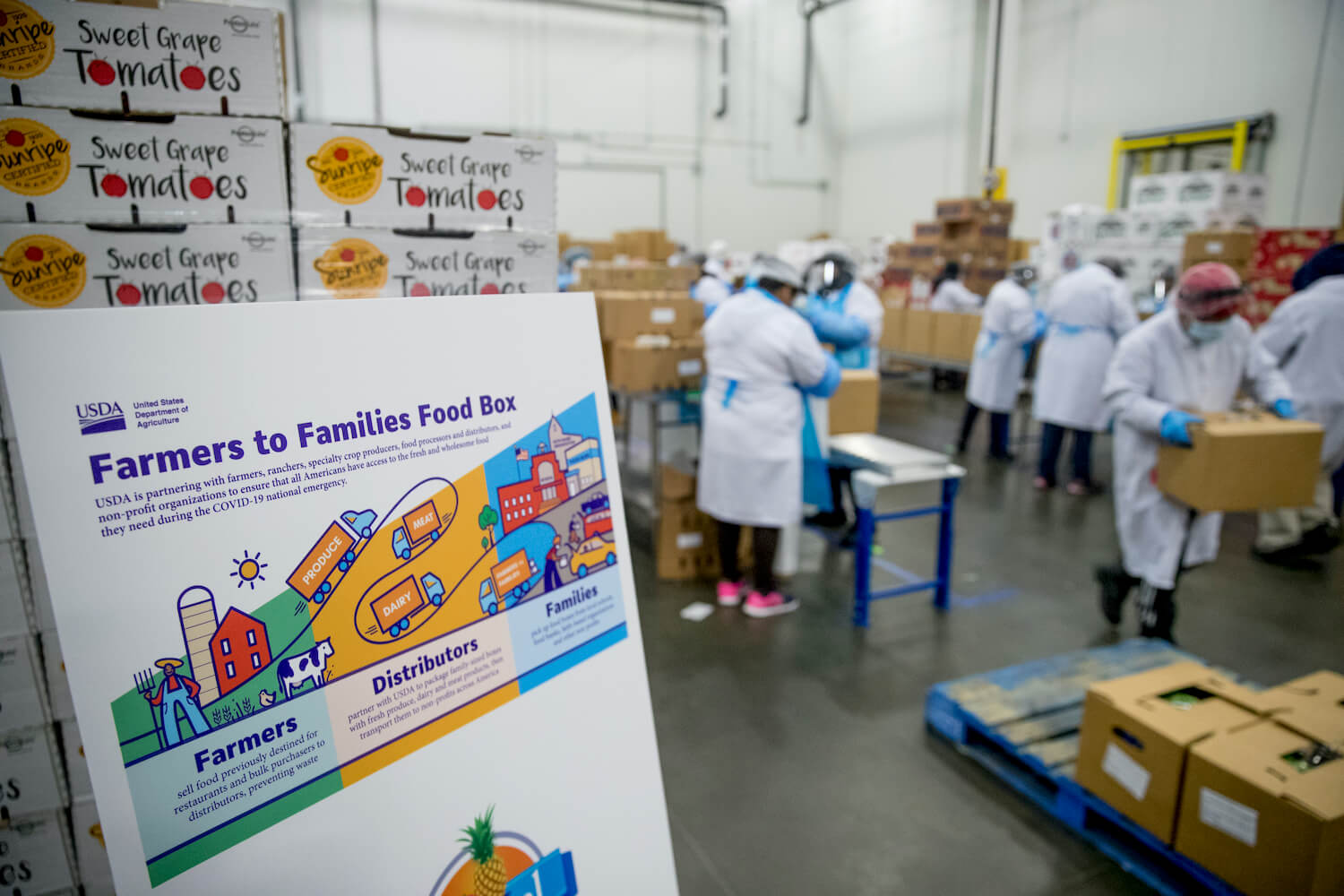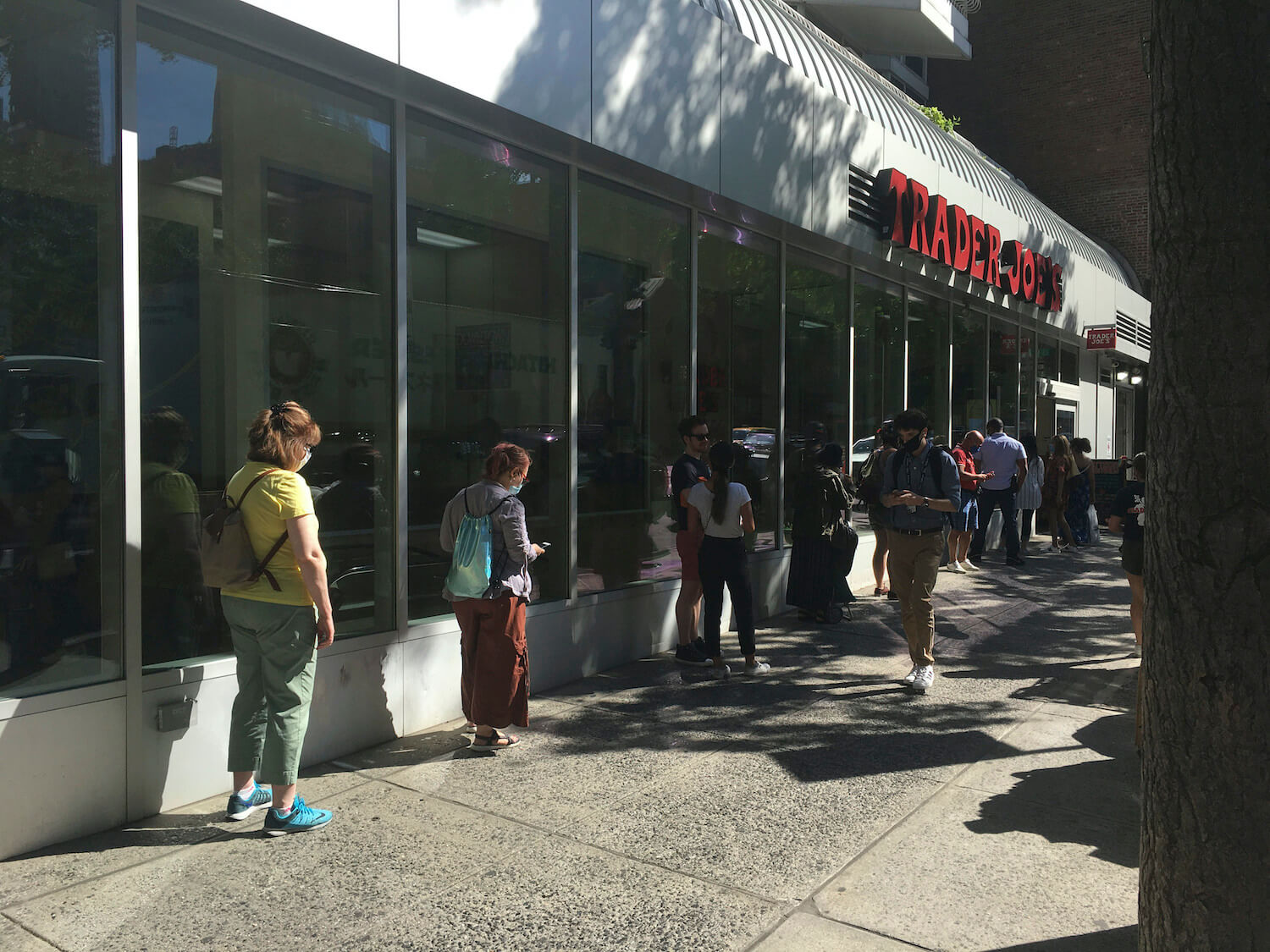
AP / zz/STRF/STAR MAX/IPx
Taken together, they might put more dollars in the pockets of the lowest income participants and preserve benefits for 700,000 people.
Early in the pandemic, as people were laid off from their jobs in massive numbers, Congress authorized the Department of Agriculture (USDA) to roll out a handful of temporary changes to the Supplemental Nutrition Assistance Program (SNAP, formerly food stamps), designed to help keep it functioning throughout the pandemic.
Among those changes: an expansion of a pilot program to accept SNAP dollars online, waivers for application interviews, and added benefits for children who normally rely on free and reduced school lunch. Perhaps most significant was a provision that allowed states to send every household the maximum monthly benefits, a change which increased SNAP disbursements by 40 percent overall.
At the same time, the Trump administration was trying to enact a plan that would require more program participants to find work, a move that would boot an estimated 700,000 people from the program. A judge put a temporary stop to that plan in mid-March, though USDA tried (and failed) to appeal.
This week, two court decisions—one on pandemic relief, and one on the work requirement rule—were decided in favor of the plaintiffs. Taken together, they represent a significant legal challenge to the Trump administration’s efforts to limit program spending.
A provision that allowed states to send every household the maximum monthly benefits, a change which increased SNAP disbursements by 40 percent overall.
When Congress initially approved the emergency allotment that boosted all SNAP benefits to the highest-allowable levels, USDA interpreted the law to mean that a single person in California who was receiving, say, $38 per month, would get a boost to around $194 per month. Ironically, this interpretation only helped higher earners enrolled in the program: Households that were already receiving the maximum monthly benefit—meaning they had the lowest net income—saw no change. According to the Center for Budget and Policy Priorities, 60 percent of households already received the maximum benefit before the pandemic began.
Not all state agencies that administer SNAP agreed with this interpretation. In California, the Department of Social Services objected to it, saying that the rule would not provide the most vulnerable households with any added benefits during the pandemic. USDA rejected California’s request for more money back in March, but Pennsylvania then made its own request. A federal judge granted Pennsylvania a preliminary injunction in September, meaning the state would receive the benefits while the case worked its way through the court. This week, as Politico first reported, the USDA said it would comply with the injunction and issue almost $59 million in emergency allotments to the lowest-income SNAP participants in the state starting next month. USDA has signaled it will continue to fight the decision in court—and, if it wins, the state of Pennsylvania could be on the hook for all that extra money.
Though this ruling only impacts Pennsylvania residents, Ed Bolen, senior policy analyst for the Center for Budget and Policy Priorities, said it might pave the way for others to follow suit. “This decision is a signal to other states,” he said, noting that the ruling could trigger a wave of state agencies requesting additional relief for their lowest-income SNAP participants.
“When millions and millions of people were losing work through no fault of their own because of the pandemic and shutdowns and public health emergencies, this rule would have left them hanging on food assistance.”
Also this week, a federal judge in Washington, D.C., struck down a proposed rule by the Trump administration to alter a policy that allowed states to decide whether to waive work requirements for SNAP recipients in “distressed” economic areas. The details are complicated—we covered them here—but without this state-level discretion, the rule would have stripped benefits from an estimated 700,000 people.
The rule was initially scheduled to go into effect on April 1, but the same judge temporarily enjoined it on March 13 because of the pandemic. Now, he’s formally blocked it in a 67-page decision, calling it “arbitrary and capricious,” according to the Washington Post.
“The pandemic was a perfect example of how flawed [the proposed rule] was,” Bolen said. “If the rule had been in place—which the administration wanted, and was appealing to try to make it happen—right when millions and millions of people were losing work through no fault of their own because of the pandemic and shutdowns and public health emergencies, this rule would have left them hanging on food assistance.”
In the coming months, Congress will likely continue to try and find middle ground to pass another round of Covid-19 relief. Democrats have proposed a 15 percent SNAP increase across the board as part of that package; Republicans have promoted the multibillion-dollar Farmers to Families Food Box program as a solution to the nation’s hunger problems.
Bolen sees the Pennsylvania case as a sign that current relief efforts have not done enough: If states are appealing to the federal government for more money, officials on the ground must see a real need. He supports the 15 percent across-the-board increase as a simple solution, adding that the funds could be easily dispersed without too much administrative hassle.
“SNAP reaches so many people and it does so efficiently. It really is the best mechanism to give food-directed aid,” he said.


